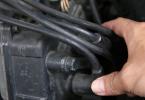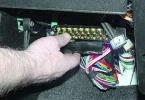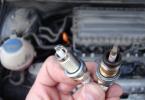The cylinder head is the most important part of the engine. Therefore, the tightening torque of the cylinder head bolts is important for stable operation. How to do this correctly is described in detail in each specific operating manual for the machine. And you should not avoid reading it, since from model to model both the order of broaching and the effort with which it should be carried out changes.
By the way, this procedure is not required on modern cars. It remains regular on old Muscovites, UAZs, etc.
Even modern VAZs are free from such prophylaxis. However, in some cases, broaching may even be necessary for new machines. A sign of such a need is the appearance of oil leaks at the junction of the head with the cylinder block. The reasons may be loose bolts or a leaky (poor quality, defective) gasket. In addition, after repairing the cylinder head, it is recommended to check the condition of the tightening after a run of 1-2 thousand km.
Tightening torque for cylinder head bolts: how to do this correctly, and what bolts are required, must be specified in the corresponding manual. We repeat this and insist on reading it, since these parameters will be different in each model. However, there is a certain commonality of approaches. What we will talk about in our today's article.
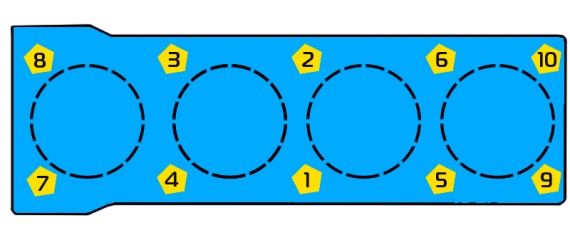
Attention: consumables
Sometimes everyone has to change the gasket on the cylinder head. We recommend buying a modern one, which will not shrink over time. In this case, on relatively new cars, broaching is not required at all, and on old cars, the time interval between them will be significantly lengthened, since the main reason for the loosening of the bolts will be eliminated. In addition, such gaskets are more durable, and replacement will become more rare. However, when purchasing a gasket, be careful about the allowable torque. It must match the one indicated in the manual for broaching.
Pay close attention to the bolt recommendation. Spring-loaded motors are installed on the new motors - it is thanks to them that preventive broaches have become unnecessary: they are tightened once, and do not require more attention. Moreover: the additional tightening weakens the fastening, and the bolt itself fails - it stretches and can break. One more point: re-spring screws are not used, and all for the same reason - once tightened, they lose their quality when re-tightened.
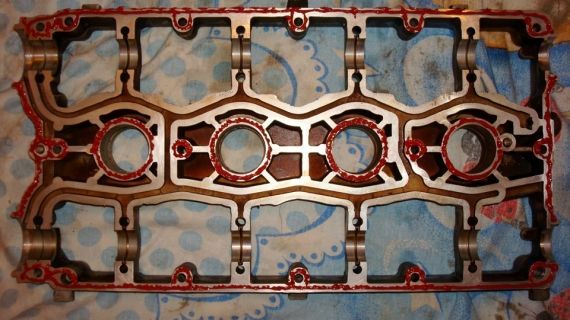
So, having specified in the instructions all the attendant conditions, you can start broaching. In the process, we take into account the following details.
It should be used, and after having checked its performance. Leave the wrenches and your accurate eye for other work.
When installing the dead-end bolts, the oil filling must be done very carefully. Overflow leads to incomplete insertion of the screw.
If the work touches the through holes, the thread must be coated with a plastic sealant before tightening.
You need to be very picky about the bolts. If the moment specified in the manual is attached to it (for example, in 20kgcm), and the so-called "yield point" has not been reached, this hardware cannot be used in the fastening - it has excessive strength. The same applies to the reverse situation: if tightening with the prescribed force leads to a decrease in torque, then the bolt is either defective, or for some reason destroyed, it must be replaced.
And in general, before installing them, you should carefully check the thread. The slightest suspicion of quality - ruthlessly discard the bolt. Excessive frugality in this direction will only lead to the emergence of new problems, and in the very near future.
Separate clarification for owners of cars with an aluminum cylinder head. They are equipped with TTY bolts, which must never be tightened or retightened. Their use with the moment of effort is associated with little, the tightening should be done in accordance with a strictly defined degree. Again: carefully read the instructions, and do not step back from it!
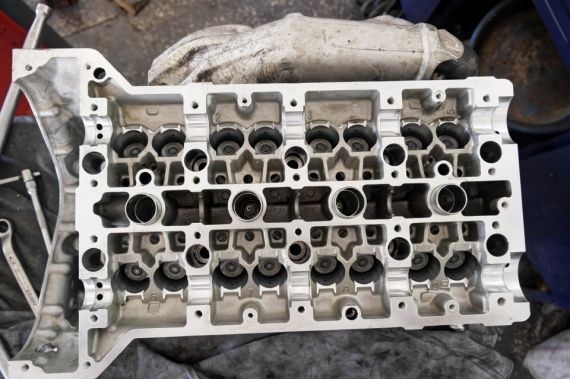
Some clarifications
The cylinder head can be made of different materials.
- Alloy cast iron... On such a cylinder head, the broaching is done with a heated engine;
- Aluminium alloy. A cold motor is required here. Not all manuals specify this, so you need to take into account a nuance that is well learned by experienced mechanics.
